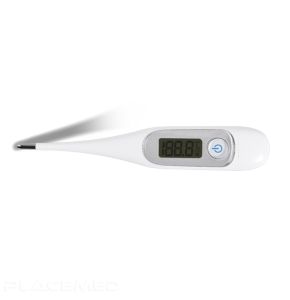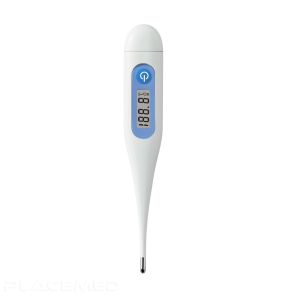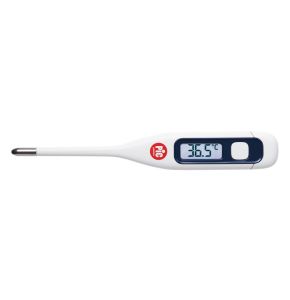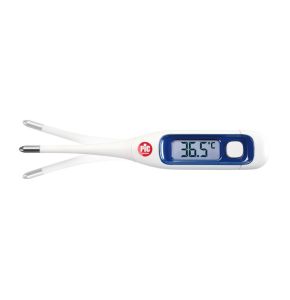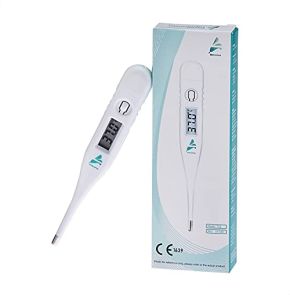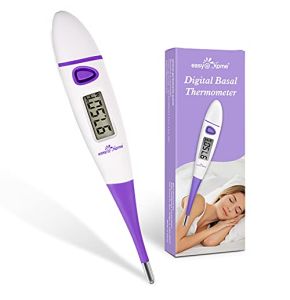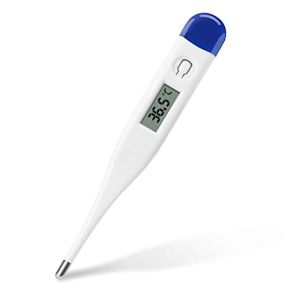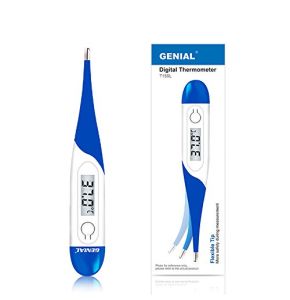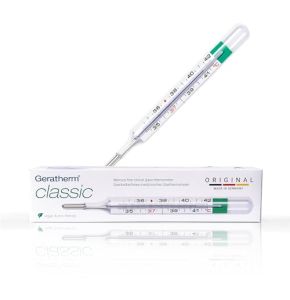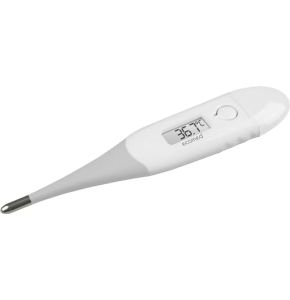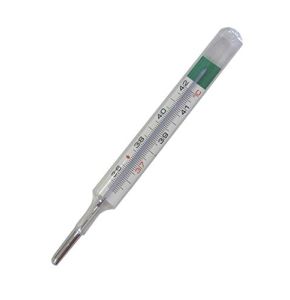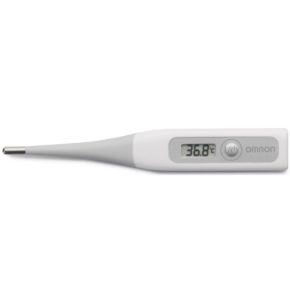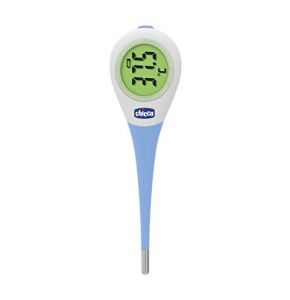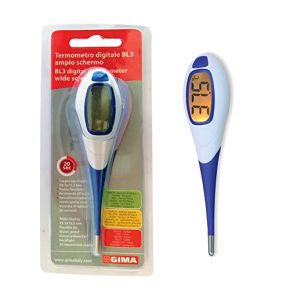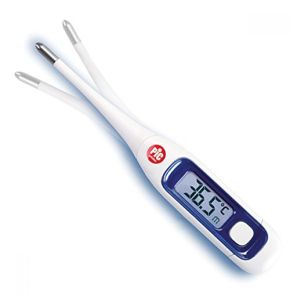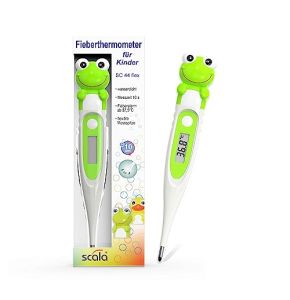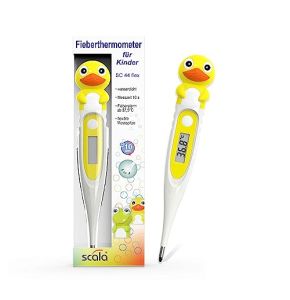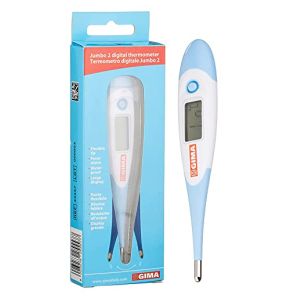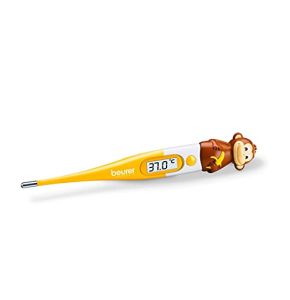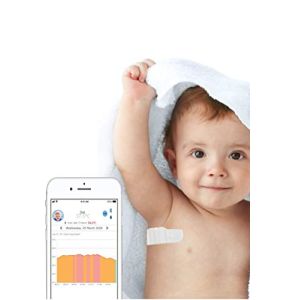Axillary thermometer
B091DWXT33
B01LKCFSQC
B08THSKPNP
B08THSG1BT
B00UN1IZB2
B00NFWYHAY
Axillary Thermometer: A Simple Yet Reliable Tool
The axillary thermometer is a commonly used instrument for measuring body temperature under the armpit. Easy to use and accessible, it is a popular choice among both healthcare professionals and individuals.
At this stand, we have selected the best suppliers of medical equipment for you, healthcare professionals. We only offer top medical brands to ensure the quality of products displayed on the marketplace. You can obtain highly accurate readings in under ten seconds for an efficient and reliable temperature measurement experience.
How Does an Axillary Thermometer Work?
The axillary thermometer is designed to measure temperature by placing it under the armpit. To take a temperature reading, insert the thermometer into the armpit, then lower the arm against the body to ensure good contact. The device detects body heat and displays the temperature on a screen if it is a digital model or shows the reading via a mercury or colored alcohol column in traditional models.
Advantages and Disadvantages of Axillary Thermometers
One of the main advantages of the axillary thermometer is its ease of use. It is non-invasive and particularly suitable for individuals who prefer to avoid oral or rectal methods. Additionally, it is generally affordable and widely available. However, its accuracy may be slightly lower compared to other methods, such as infrared or tympanic thermometers. Temperature readings taken under the armpit can be influenced by external factors, requiring proper use for reliable results.
Techniques for Accurate Measurement
To ensure accurate measurement with an axillary thermometer, it is important to follow certain steps. First, make sure the armpit is dry, as moisture can affect the reading. Place the thermometer in the center of the armpit and firmly lower the arm against the body. It is recommended to keep the thermometer in place for the time indicated by the manufacturer, usually 3 to 5 minutes for traditional models or until the beep for digital models. Avoid movement during the reading to prevent inaccuracies.
Comparison with Other Types of Thermometers
The axillary thermometer is often compared to other types of measurement instruments. Compared to infrared thermometers, which provide quick, contactless readings, the axillary thermometer is slower and requires physical contact. However, it is more affordable and does not require batteries or power sources for traditional models. In terms of accuracy, the rectal thermometer is generally considered the gold standard but is more invasive. The choice of thermometer depends on personal preferences and the context of use.
Tips for Choosing an Axillary Thermometer
When purchasing an axillary thermometer, several factors should be considered. Digital models offer quick and easy readings with clear digital displays. They may also include additional features such as memory for previous measurements. Traditional thermometers with mercury or alcohol columns are durable and battery-free but may be harder to read. Ensure the thermometer complies with safety standards, especially if opting for a mercury-containing model.
Use in Pediatrics
The axillary thermometer is suitable for measuring temperature in infants and young children. It is less invasive than the rectal thermometer and more comfortable for the child. However, it is important to position the thermometer correctly and keep the child still during the reading. Parents should be informed of the correct techniques to ensure accurate measurements. In some cases, healthcare professionals may recommend other methods depending on the child's age.
Maintenance and Disinfection of the Axillary Thermometer
To ensure hygiene and reliability, regular maintenance of the axillary thermometer is essential. After each use, clean the thermometer with an appropriate disinfectant or 70-degree alcohol. This helps prevent the spread of germs and ensures accurate readings for subsequent uses. Store the thermometer in its case or a clean place to protect it from damage and dust.
In conclusion, the axillary thermometer is a simple and practical tool for taking temperature readings. Although it may be less precise than other methods, proper use can yield reliable results. Whether for home or clinical use, it remains an accessible and effective choice for monitoring body temperature.
 Francais
Francais 
